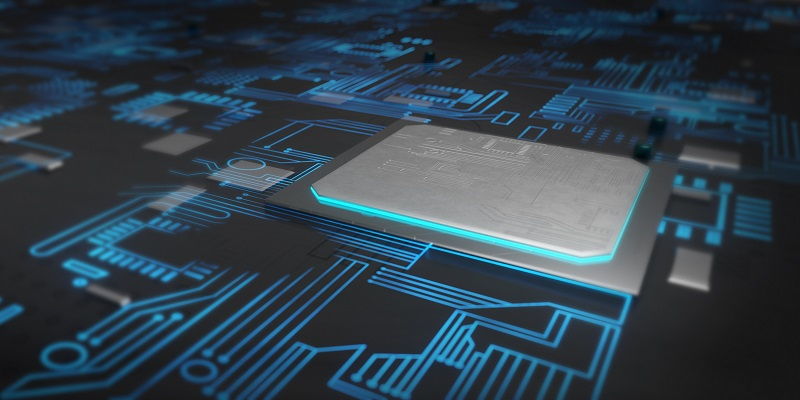At the recent Innovation 2023 event, Intel made headlines by unveiling a plethora of details about their highly anticipated Meteor Lake CPUs. These cutting-edge processors are set to revolutionize the industry with their advanced features, improved microarchitecture, and significant gains in power efficiency. Let’s delve deeper into the specifics of Intel’s latest innovation and what it means for the future of computing.
Advanced features of the CPU
The Meteor Lake CPUs are poised to push the boundaries of performance and efficiency through the incorporation of advanced packaging technologies, a new process node, and the integration of new cores. Intel’s commitment to innovation shines through in these chips, setting them apart from their predecessors and competitors.
Comparison between the Meteor Lake and Raptor Lake CPUs
During the Innovation 2023 event, Timothy Wilson of Intel revealed that the Meteor Lake CPUs share architectural similarities with the popular Raptor Lake CPUs. This is great news for users who are familiar and satisfied with the Raptor Lake architecture, as it ensures a seamless transition and compatibility between the two generations.
Furthermore, the microarchitecture of both the P and E cores in the Meteor Lake CPUs has undergone significant improvements compared to the previous generation. These enhancements are expected to result in better overall performance, higher efficiency, and an improved user experience.
Intel 4 Process Node and Power Efficiency
One of the standout features of Meteor Lake is the utilization of the new Intel 4 process node. This cutting-edge technology leads to remarkable gains in terms of power efficiency and performance. The Intel 4 process node optimizes the chips’ design and manufacturing, allowing for greater power savings without sacrificing performance capabilities.
Future Upgrades: Arrow Lake
While Meteor Lake certainly brings notable advancements, the true pinnacle of Intel’s innovation is set to arrive with Arrow Lake. This upcoming upgrade promises even more power, speed, and efficiency with the introduction of new P-Cores and E-Cores. Enthusiasts and professionals alike eagerly anticipate the release of Arrow Lake, expecting it to propel computing capabilities to unprecedented heights.
Intel P-Core: Redwood Cove
Under the codename Redwood Cove, Intel’s P-Core brings a renewed focus on efficient performance and improved chip efficiency. The Redwood Cove architecture introduces ingenious optimizations that enhance the overall function and interaction of the processor. These improvements are aimed at providing users with a seamless experience that combines speed, power, and efficiency in a single package.
Intel E-Core: Crestmont
Crestmont, Intel’s codename for the E-Core in Meteor Lake, promises significant gains over its predecessor, the Gracemont E-Core. Intel claims that Crestmont will offer increased Instructions Per Clock (IPC) and improved AI Acceleration, bolstering the chip’s computing capabilities. Users can expect smoother multitasking, faster data processing, and enhanced AI performance with Crestmont.
In conclusion, Intel’s unveiling of the Meteor Lake CPUs at Innovation 2023 has generated excitement and anticipation within the tech community. The advanced features, improved microarchitecture, and power efficiency of these chips pave the way for a new era of computing. Additionally, the introduction of the Intel 4 process node and the promise of future upgrades with Arrow Lake further solidify Intel’s commitment to pushing the boundaries of innovation.
As users eagerly await the arrival of Meteor Lake, they can rest assured that Intel has once again delivered a remarkable product, setting new standards for performance and efficiency. With the Redwood Cove P-Core and Crestmont E-Core adding their own set of enhancements, Intel continues to solidify its position as a pioneer in the industry. The future of computing is brighter than ever, and it’s all thanks to Intel’s unwavering dedication to pushing the boundaries of technology.

